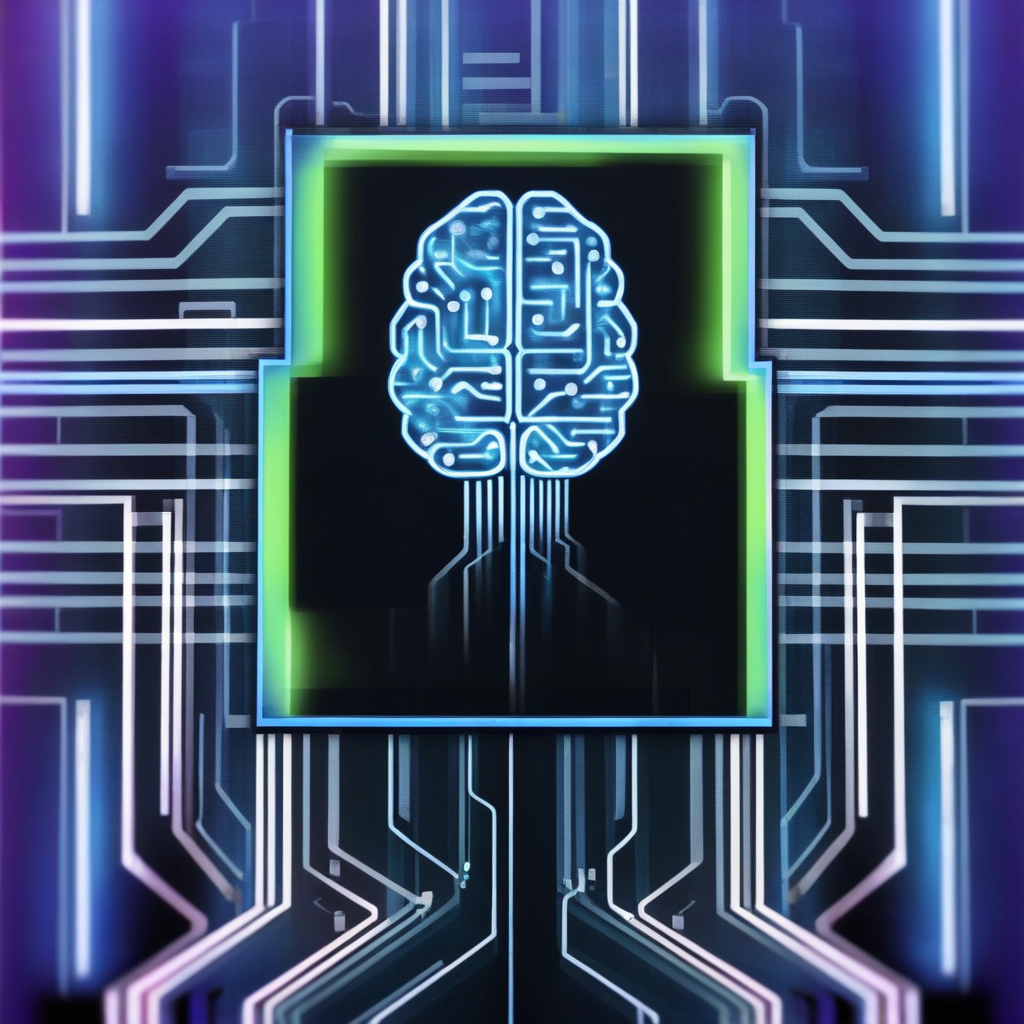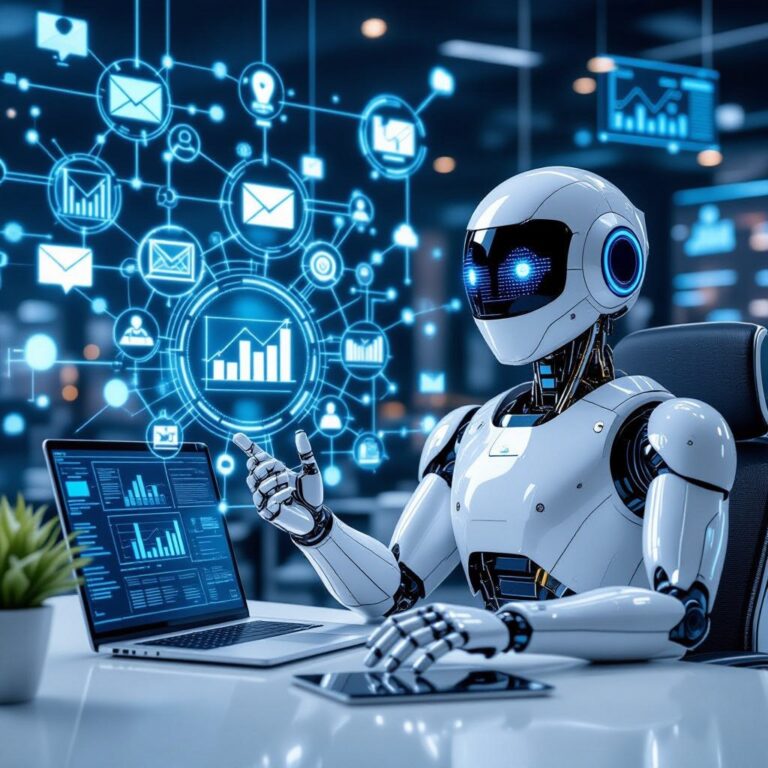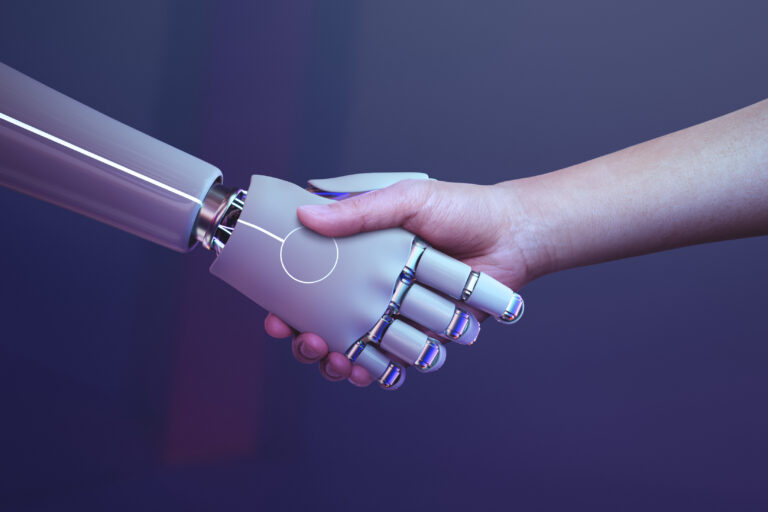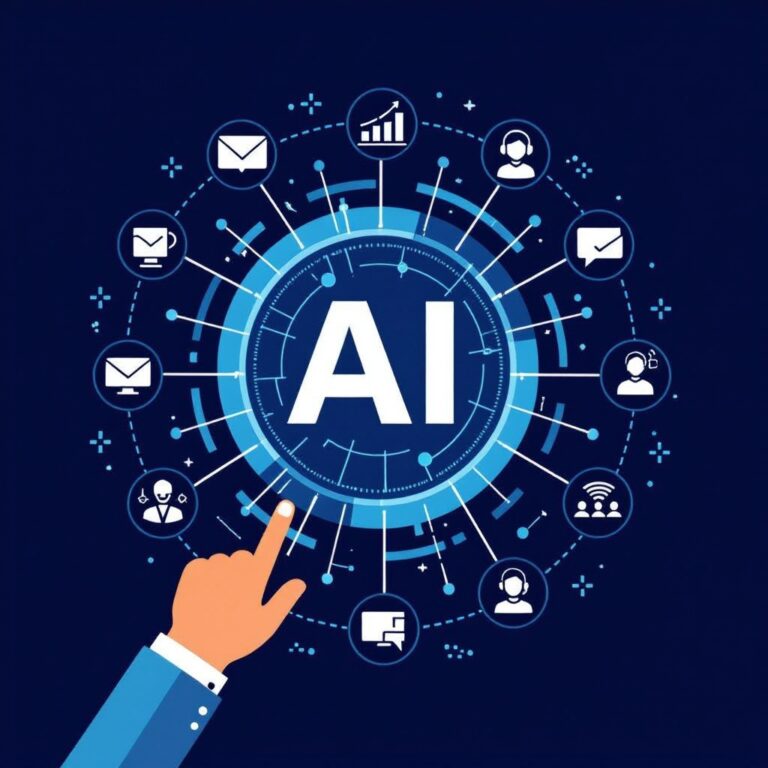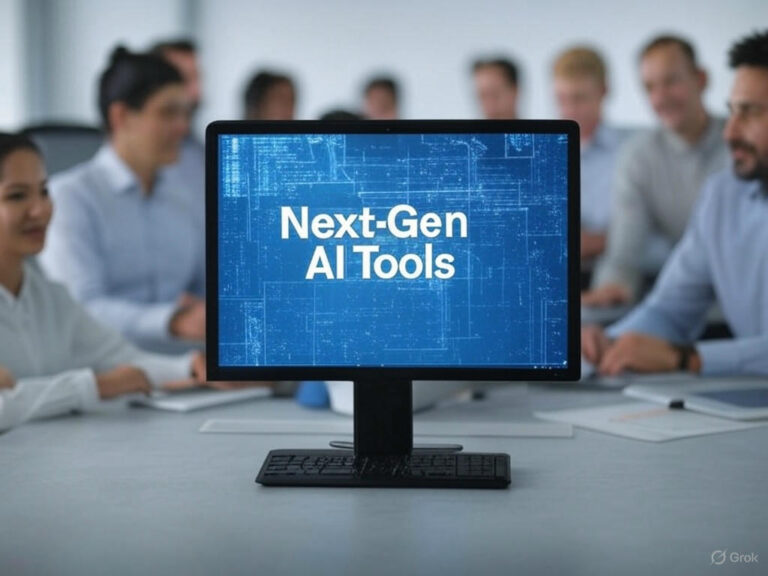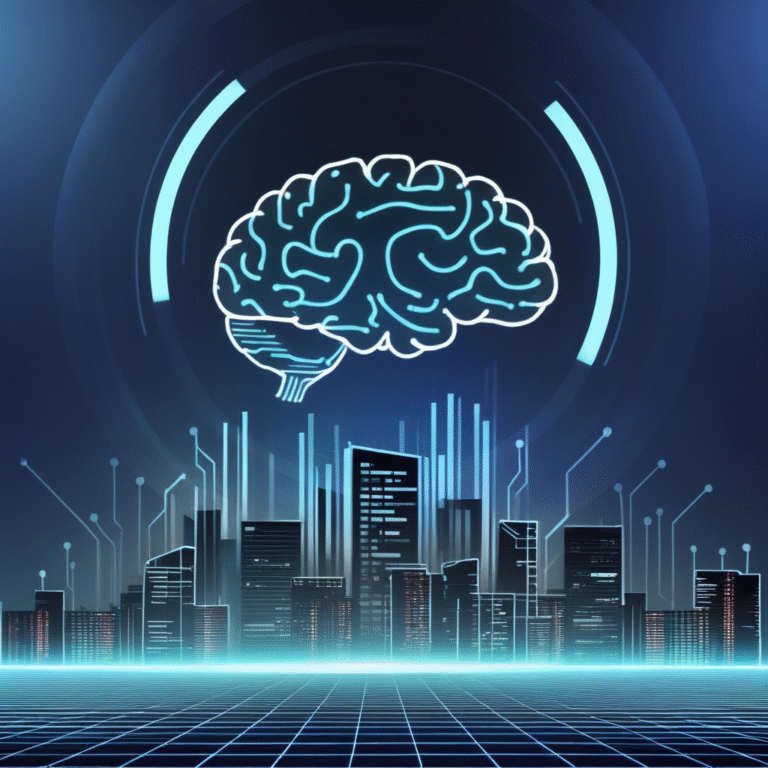Best Ai Innovation in Artificial Intelligence in 2025
Table of Contents
Why Understanding AI Innovation is Critical for Business and Society
Innovation in artificial intelligence is reshaping the global landscape. Here’s why it’s essential:
- Industry Transformation: AI breakthroughs are revolutionizing sectors like healthcare, finance, and retail.
- Competitive Edge: Businesses adopting innovative AI applications gain market advantages through efficiency and personalization.
- Economic Growth: AI is expected to contribute $15.7 trillion to the global economy by 2030, fostering new markets and job evolution.
- Societal Impact: From smarter healthcare to autonomous vehicles, AI driving innovation enhances daily life.
Core Frontiers of AI application: Recent Breakthroughs
The latest AI are pushing boundaries across multiple domains. Key areas include:
Algorithms & Models
- Large Language Models (LLMs): Powering chatbots and content creation with near-human fluency.
- Diffusion Models: Driving high-quality image and video generation.
- Sparse Expert Models: Enhancing efficiency in neural networks.
Hardware Advancements
- AI-Specific Chips: GPUs and TPUs accelerate AI driving innovation.
- Neuromorphic Computing: Mimicking brain structures for energy-efficient processing.
Methodologies
- Federated Learning: Enabling privacy-preserving model training.
- Explainable AI (XAI): Improving transparency in AI decisions.
Ethical Frameworks
- Bias Mitigation: Reducing biases in AI outputs.
- Responsible AI: Ensuring fairness and accountability in innovative AI applications.
AI Innovation Across Industries: Real-World Applications
Innovation in artificial intelligence is transforming industries with practical applications:
Healthcare
- Drug Discovery: AI cuts development costs by up to 30%.
- Diagnostics: AI imaging achieves 95%+ accuracy in disease detection.
- Personalized Medicine: Tailored treatments based on individual data.
- Robotic Surgery: AI enhances surgical precision.
Finance
- Fraud Detection: Real-time pattern recognition saves billions annually.
- Algorithmic Trading: AI predicts market trends accurately.
- Personalized Advice: AI delivers tailored financial planning.
- Compliance Automation: Streamlined regulatory processes.
Automotive & Transportation
- Autonomous Driving: Level 3+ systems improve safety.
- Predictive Maintenance: AI reduces vehicle downtime.
- Traffic Optimization: AI cuts congestion by up to 15%.
- ADAS Features: Enhanced lane-keeping and cruise control.
Retail & E-commerce
- Hyper-Personalization: AI boosts sales by 20% through tailored recommendations.
- Dynamic Pricing: Real-time price adjustments.
- Supply Chain Optimization: AI minimizes waste.
- Virtual Try-On: AR enhances customer experience.
Manufacturing
- Predictive Maintenance: Sensors prevent equipment failures.
- Quality Control: AI vision ensures defect-free products.
- Production Scheduling: Optimized workflows increase efficiency.
- Cobots: AI-powered robots collaborate safely with humans.
Energy & Utilities
- Grid Optimization: AI balances energy supply and demand.
- Infrastructure Maintenance: Predictive models extend asset life.
- Renewable Forecasting: Accurate solar and wind predictions.
What’s Driving Rapid ?
Several factors fuel the future of AI innovation:
- Data Surge: Billions of data points from IoT and social media power AI models.
- Compute Power: GPUs/TPUs have grown 1000x in a decade, with cloud platforms democratizing access.
- Algorithmic Advances: Transformers and other breakthroughs unlock new capabilities.
- Investment Boom: AI funding hit $66 billion in 2024.
- Collaboration: Open-source tools like TensorFlow and PyTorch accelerate progress.
Challenges & Ethical Considerations
AI breakthroughs bring challenges that must be addressed:
- Bias & Fairness: AI can perpetuate biases if not carefully managed.
- Transparency: Explainable AI ensures trust in critical applications.
- Data Privacy: Compliance with GDPR and similar regulations is essential.
- Security Risks: Adversarial attacks threaten AI integrity.
- Job Disruption: Automation requires workforce reskilling.
- Regulation: Frameworks for responsible AI are evolving.
Tackling these ensures innovation in artificial intelligence benefits all.
How Businesses Can Harness
To capitalize on AI driving innovation, businesses should:
- Map Opportunities: Align latest AI innovations with business needs, like automating customer service.
- Build Expertise: Train staff, hire specialists, or partner with AI vendors.
- Adopt Ethics: Implement fairness and transparency principles.
- Pilot Projects: Start with small initiatives, like AI inventory management, before scaling.
- Data Strategy: Ensure high-quality, accessible data for AI models.
What’s Next ?
The future of AI innovation holds exciting possibilities:
- Towards AGI: Hybrid models are advancing, though true AGI remains distant.
- Quantum AI: Quantum computing could revolutionize AI training.
- Neuro-Symbolic AI: Combining deep learning with reasoning for robust systems.
- AI for Science: Accelerating discoveries in physics, biology, and climate science.
- Embodied AI: Robots interacting seamlessly with the physical world.
- Hyper-Personalization: AI tailoring experiences at scale.
Conclusion: Navigating the Wave of AI Innovation
Innovation in artificial intelligence is transforming industries, economies, and daily life. From healthcare to transportation, AI breakthroughs are driving unprecedented progress. However, addressing challenges like bias and privacy is crucial for responsible development. As the future of AI innovation unfolds, staying informed and adaptive is key. What innovative AI applications inspire you? Share in the comments, subscribe for more insights, or explore our articles on AI ethics and trends!
Frequently Asked Questions (FAQ)
Q1: What is the biggest AI innovation in recent years?
A: Large Language Models (LLMs) have transformed natural language processing, enabling human-like interactions and content generation.
Q2: How does AI innovation differ from traditional software development?
A: AI innovation involves adaptive, data-driven systems, unlike static, rule-based software.
Q3: What risks come with rapid AI innovation?
A: Risks include bias, lack of transparency, privacy concerns, security vulnerabilities, and job displacement.
Q4: Which industries are most impacted by AI innovation?
A: Healthcare, finance, automotive, retail, manufacturing, and energy are seeing major transformations.
Q5: How can I stay updated on AI innovations?
A: Follow reputable AI journals, join online communities, and subscribe to newsletters like ours for the latest AI innovations.

